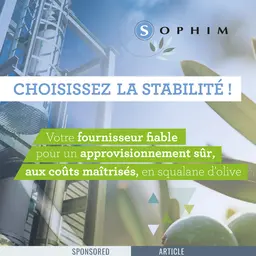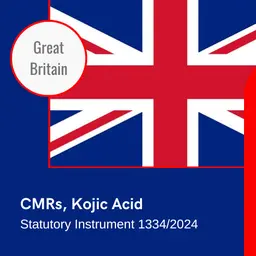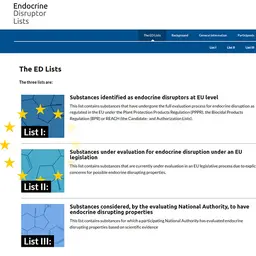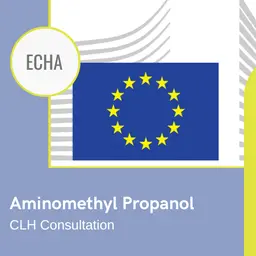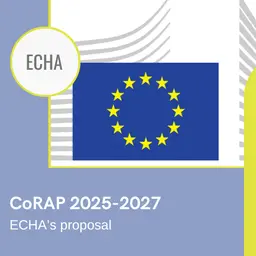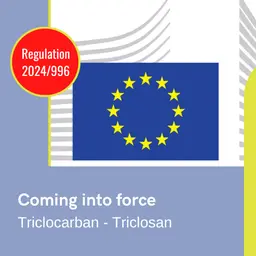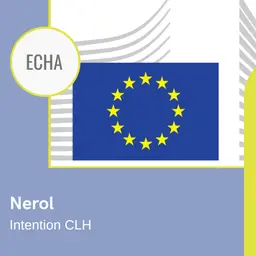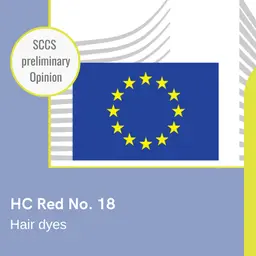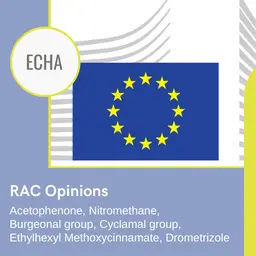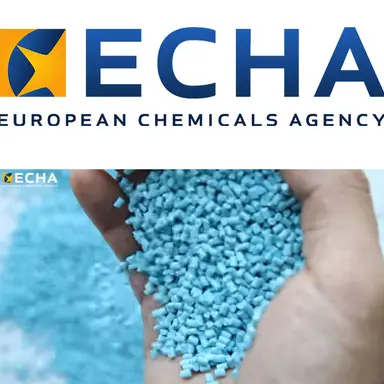
The European Commission has asked ECHA to investigate whether an EU-wide restriction for intentionally added microplastics would be warranted. ECHA is assessing the risks that microplastics could pose to the environment once they are released, and will specifically address their extreme persistence in the environment and the difficulty in removing them once they are there. The European Chemical Agency has just released a communiqué stating that in addition to polluting marine environments, which has been widely discussed, concerns raised by intentionally added microplastics may be more relevant for the terrestrial environment and freshwater.
ECHA’s communiqué
According to ECHA’s assessment, microplastics that are added to products are more likely to be released to, and accumulate in, terrestrial and freshwater environments rather than the oceans.
“We have identified diverse sources of microplastics to the environment from intentional uses in cosmetics, detergents, other household products, paints, and agricultural uses, among others. Many of these microplastics are washed down the drain at the point of use. Due to how wastewater is treated in the EU, these microplastics will not typically be released directly to aquatic environments, but are more likely to concentrate in sewage sludge that is frequently applied to agricultural soils as a fertiliser in many Member States. There are also direct uses of microplastics in fertilisers and plant protection products,” says ECHA’s Senior Scientific Officer Peter Simpson at the MICRO 2018 Fate and Impact of Microplastics conference in Lanzarote, Spain.
There is a deep concern about the persistence of microplastics. “Once released, they can be extremely persistent in the environment with some having half-lives estimated to be thousands of years. This means their accumulation in agricultural land is a concern because we cannot currently assess the risks to the environment resulting from such long-term accumulation and exposure,” he adds.
The Commission has asked ECHA to investigate whether an EU-wide restriction for intentionally added microplastics would be warranted. ECHA is assessing the risks that microplastics could pose to the environment once they are released, and will specifically address their extreme persistence in the environment and the difficulty in removing them once they are there.
ECHA expects to finalise its restriction proposal on microplastics at the beginning of 2019, the opinion making in ECHA’s scientific committees (Committee for Risk Assessment (RAC) and Committee for Socio-Economic Analysis (SEAC)) takes about 14 months and therefore the opinion of the committees should be sent to the Commission around April 2020.
Separately, ECHA is also looking at risks posed by oxo-degradable plastics.
For further information
• See Intentionally added microplastics likely to accumulate in terrestrial and freshwater environments, ECHA/PR/18/15, 22 November 2018



